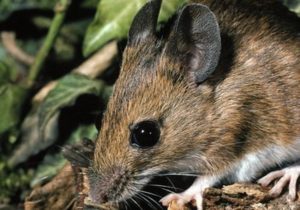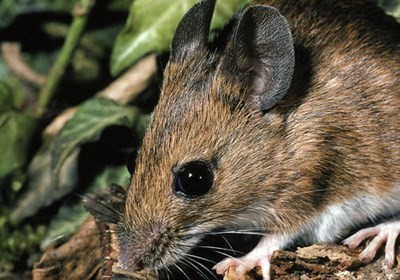
Hearing scratching noises within the walls of your home can be an unsettling experience, often leading to sleepless nights and concerns about the safety and integrity of your home. Identifying the source of these sounds is crucial for effectively addressing the problem. This guide will help you decipher the mystery behind the scratching noises and outline steps for resolving the issue.
What’s Making That Scratching Sound in the Wall?
Scratching sounds within walls are typically caused by rodents or other small pests seeking shelter, building nests, or searching for food. The type of animal can often be inferred from the nature and timing of the noise.
Common culprits can include:
- Mice and Rats: These rodents are notorious for making scratching and scurrying noises as they navigate through wall cavities and between floors. Their sounds are more frequent at night since they are nocturnal.
- Squirrels: Unlike mice and rats, squirrels are active during the day. If the scratching sounds are more pronounced in the daytime, squirrels might be your uninvited guests.
- Bats: Bats can also take up residence in walls, though they are more commonly found in attics. Their scratching is softer, and you might also hear flapping or squeaking.
- Birds: Nesting birds can cause scratching sounds as they move around. Check for nests in vents or under eaves.
- Insects: Certain insects, like carpenter ants or termites, can produce faint scratching or rustling sounds as they burrow into wood.
Need an Estimate for Rodent Control?
Scratching in Walls But No Droppings?
Finding no droppings does not necessarily mean your home is pest-free. Some animals, like bats or certain insects, leave less noticeable traces, or their droppings might not make it into visible areas. Continual scratching with a lack of other evidence might warrant a closer inspection by a professional.
What to Do if You Hear Scratching Noises Coming From Your Walls
- Timing and Patterns: Pay attention to the timing and patterns of the noise. Nighttime noises are more indicative of mice, rats, or nocturnal animals. Daytime noises could point to squirrels or birds.
- Visual Inspection: Look for external signs of entry around your home. Small holes, gnaw marks around baseboards or attic entrances, and disturbed insulation can offer clues about what kind of animal you’re dealing with.
Solutions and Prevention
Once you’ve identified or suspected a particular pest, the next steps involve removal and prevention.
- Professional Pest Control: For effective and safe removal, consider hiring a pest control professional, especially for protected species like bats.
- Sealing Entry Points: To prevent future invasions, seal all potential entry points, including small openings around pipes and cracks in the foundation.
- Regular Maintenance: Keep your home clean, decluttered, and ensure that food is stored in airtight containers to discourage pests.
Have You Noticed Unexplained Noises Coming From Inside Your Walls? We Can Help!
Identifying the source of scratching sounds in your walls is the first step toward reclaiming your peace of mind and ensuring the safety of your home or business. Whether the culprit is a mouse, squirrel, bird, or insect, understanding the behavior and habits of these potential pests is crucial for effective resolution.
Here at Batzner Pest Control, our team of exterminators can be invaluable in cases where identification and removal become challenging. Remember, prevention is key to keeping your home pest-free. Call us today for a free quote.
Need a pest control estimate?
We'll call you! Our representatives are fast and friendly.
Pests Belong Outside!
Leave your information below and we will give you a call back.
"*" indicates required fields
*During normal business hours. After hours inquiries will be returned the next business day.
Determining the Rodent or Pest Scratching in your Wall in Wisconsin
Serving Wisconsin
New Berlin | Oshkosh | Milwaukee | Kenosha | Madison | Racine | Appleton | Fond du Lac | Sheboygan
Cedarburg | Green Bay | La Crosse | Eau Claire | Baraboo | Wisconsin Dells | Wisconsin Rapids | Mauston | Viroqua | Chippewa Falls
Home » Rodent Exterminators – Rat & Mice Exterminators » Determining the Rodent or Pest Scratching in your Wall


No comment yet, add your voice below!